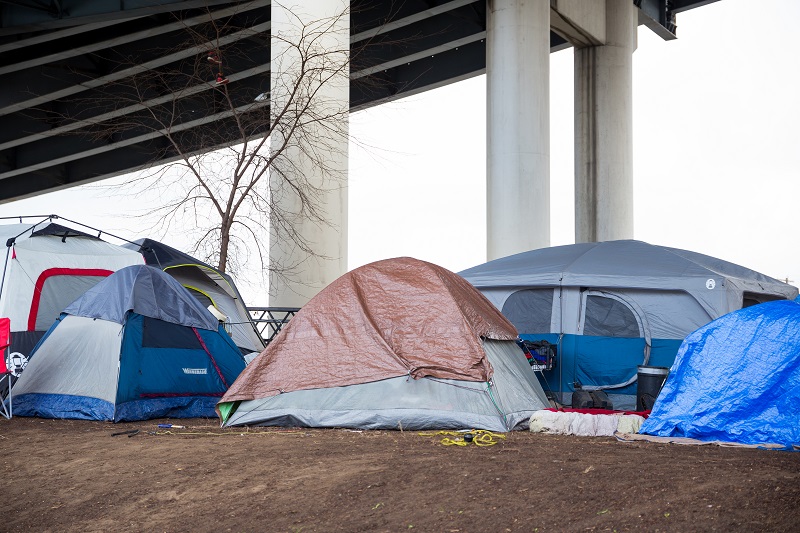Highlights From Research on Rents and Homelessness
We used statistical modeling to improve homeless population estimates, then created a framework for investigating how changes in rent would affect the size of the homeless population. Given that logistics and expenses prevent metros from conducting more counts of homeless populations each year, this research also offers a statistical way to generate hypothetical additional counts every year.
Nationally, at least 550,000 people experienced homelessness for at least one night in 2016. That figure is based on local counts compiled by the U.S. Department of Urban Housing and Development. The counts are estimates, particularly in places like Los Angeles where many people who experience homelessness sleep outside rather than in shelters, making them harder to count. One study found that as few as 59 percent of unsheltered homeless people are included in a count.
In our research, we used statistical modeling to improve those estimates, then created a framework for investigating how changes in rent would affect the size of the homeless population. Given that logistics and expenses prevent metros from conducting more counts of homeless populations each year, this research also offers a statistical way to generate hypothetical additional counts every year.
Key points regarding homeless counts
- We developed a dynamic Bayesian hierarchical model for time-varying homeless count data. Particular care was given to modeling uncertainty in the homeless count generating and measurement processes, with a distinction between the counted number of homeless and the true size of the homeless population.
- In New York, the 2016 count found there were 73,523 people experiencing homelessness. Our statistical model predicts there are actually 76,411 people at that time.
- In Los Angeles, the gap is wider: The count found 46,874 people experiencing homelessness, while our model suggests there were 59,508.
Key points regarding rising rents and homelessness
- For each of 25 major metro areas, we investigated the relationship between increases in the Zillow Rent Index and increases in the homeless population.
- Among large metros, New York, Los Angeles, Washington, D.C. and Seattle show the strongest relationship between rising rents and increased homeless population.
- In New York, our model shows that a 5 percent average rent increase would lead to nearly 3,000 more people falling into homelessness.
- A 5 percent increase in Los Angeles rents would lead to roughly 2,000 additional people experiencing homelessness. Rents there rose 4.2 percent over the past year.
- In Washington, D.C., our model shows that a 5 percent average rent increase in 2016 would have translated to 224 additional people experiencing homelessness, for a total of 8,722. In Seattle, that increase would add 258 people to the homeless population for a total of 12,498.
- Some markets, including Houston and Tampa, offer services that disrupt the connection between rising rents and growing homeless populations. Even as rents rose in Houston and Tampa from 2011 to 2016, the numbers of people experiencing homelessness dropped. Other markets where the homelessness rate dropped during that time were Chicago, Phoenix, St. Louis, San Diego, Portland, Detroit, Baltimore, Atlanta, Charlotte, and Riverside.
Additional information
